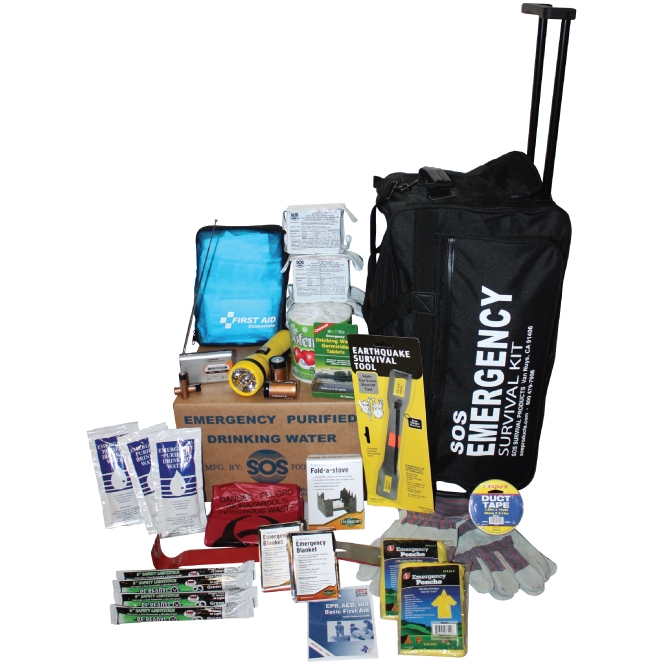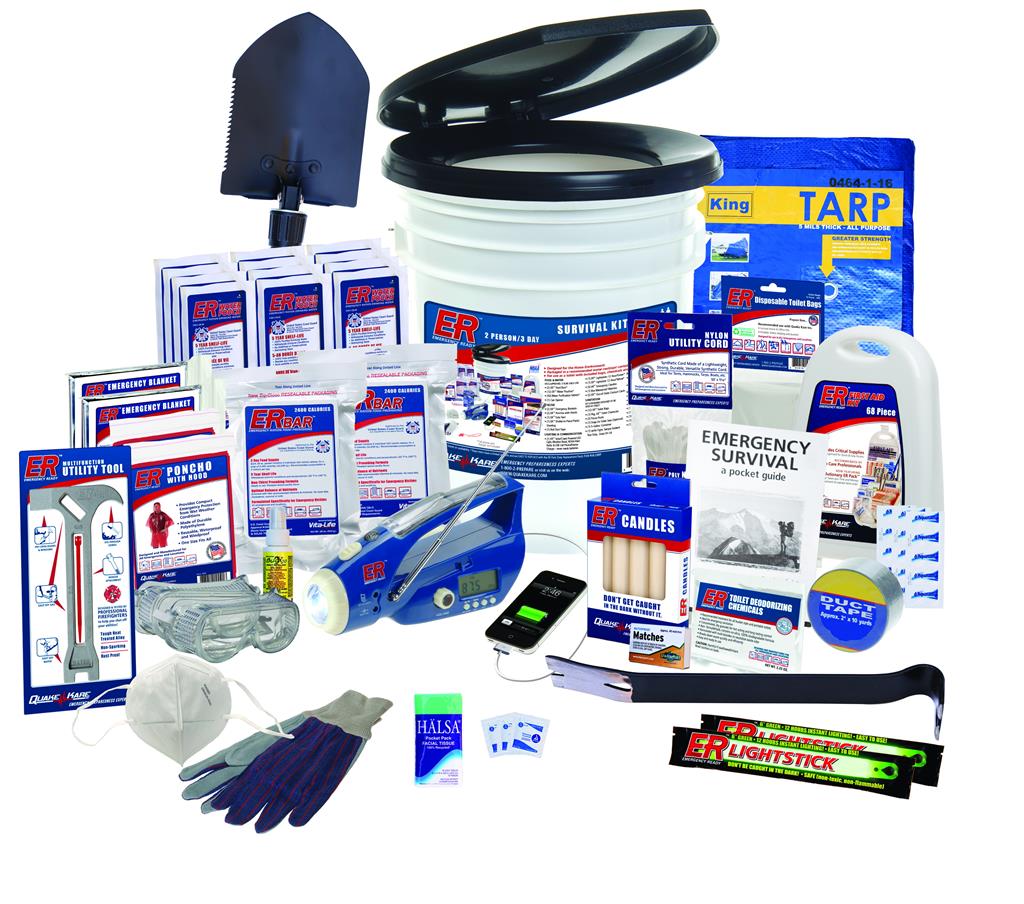Just How to Develop an Extensive Emergency Preparedness Strategy
In the realm of readiness, creating an extensive emergency situation strategy is not simply a job to check off a checklist; it is a necessary cornerstone of any kind of organization or individual's durability strategy. From all-natural calamities to unexpected crises, the ability to prepare for, minimize, and respond properly can suggest the difference in between mayhem and control. By diligently crafting a plan that attends to different aspects of emergency situation management, including danger analysis, interaction procedures, source appropriation, and strategic decision-making, one can lay a solid structure for securing procedures, properties, and lives. The true effectiveness of such a plan lies not just in its development but also in its recurring upkeep and adaptation to developing risks and challenges.
Significance of Emergency Preparedness
Emergency preparedness is crucial for reducing possible risks and ensuring the security of communities and people. In today's world, where natural disasters, public wellness crises, and other emergencies can strike without caution, being prepared can make a significant difference in decreasing the impact of these events. By having a well-balanced emergency situation readiness plan in location, people and organizations can react successfully, shield lives, and reduce home damage.
One of the primary reasons emergency situation readiness is essential is its role in conserving lives. When emergency situations occur, having a strategy that lays out clear treatments for emergency situation, communication, and emptying action can assist individuals act quickly and emphatically. This can stop injuries and casualties by ensuring that individuals understand what actions to take to stay safe
Additionally, emergency readiness boosts the durability of neighborhoods. By promoting a society of preparedness and preparation for numerous situations, communities can recuperate quicker from disturbances and calamities. This strength is necessary for keeping stability, connection of procedures, and overall well-being in the face of adversity.
Assessing Potential Dangers
Thinking about the significance of being prepared for unforeseen events, the initial action in establishing an efficient emergency readiness strategy involves thoroughly examining and analyzing potential threats. This analysis needs a detailed review of all possible risks that can impact the organization, taking into consideration factors such as area, market, and historical data on occurrences. By recognizing these threats, companies can prioritize their preparedness efforts and designate sources successfully to mitigate the most substantial risks.
Common risks that organizations might face include all-natural calamities like cyclones, earthquakes, or floods, technological threats such as power interruptions or data breaches, along with human-caused dangers like accidents or deliberate acts of violence. Performing a danger analysis additionally includes considering the potential impact of these occasions on the organization's procedures, staff members, consumers, and reputation. By conducting a complete danger analysis, organizations can establish tailored emergency situation reaction strategies that address their certain vulnerabilities and make certain efficient readiness for any type of possible crisis.
Developing a Communication Strategy
Developing a comprehensive and clear communication strategy is necessary for effective emergency situation preparedness within organizations. In times of situation, interaction plays a crucial role in ensuring the safety and security and well-being of employees, stakeholders, and the community. A well-balanced interaction plan should detail clear lines of interaction, designate essential personnel in charge of interaction tasks, and establish procedures for sharing details quickly and accurately.
One secret facet of developing a communication plan is determining alternative and primary communication channels (EMERGENCY PREPAREDNESS). These can include e-mail, text messaging, phone trees, recommended you read social networks systems, and public address systems. It is vital to ensure that these channels are trustworthy, available, and frequently checked to ensure their efficiency throughout emergencies

Building an Emergency Situation Package
Given the essential significance of preparedness in times of situation, a crucial part that organizations need to resolve is the establishment of an emergency set. When putting together an emergency situation package, it is important to consider the details requirements and situations of the organization. Additionally, organizations should include essential records, such as contact lists, insurance coverage information, and emergency situation response plans, in waterproof containers within the package.
Developing Emptying Procedures
To make certain the safety and organized discharge of employees throughout emergency situations, companies need to establish clear and reliable evacuation treatments. Evacuation treatments should incorporate an array of possible scenarios, including fires, natural disasters, or other emergency situations that need swift discharge.

Furthermore, companies should establish a system for audit for all workers throughout a discharge to ensure that every person has actually safely left the facilities. Interaction plays an essential role in emptying procedures, with clear directions on just how to leave and when to do so. Regular testimonial and upgrading of discharge procedures based on comments and transforming conditions are important to maintaining the efficiency of the strategy.
Verdict
Finally, creating a comprehensive emergency preparedness plan is crucial for making sure the safety and security and health of people in case of a calamity (EMERGENCY PREPAREDNESS). By assessing potential risks, developing an interaction strategy, constructing an emergency situation package, and establishing discharge treatments, companies and people can be better outfitted to react properly to emergency situations. It is necessary to focus on readiness efforts to mitigate the impact of disasters and protect lives and home
In the realm of readiness, creating a comprehensive emergency situation strategy is not simply a job to check off a checklist; it is an essential foundation of any type of organization or person's durability technique. When emergency situations take place, having a plan that outlines clear treatments for discharge, emergency, and communication reaction can aid individuals act swiftly and emphatically. visit. By conducting an extensive threat analysis, organizations can establish tailored emergency action strategies that resolve their specific vulnerabilities and ensure effective readiness for any type of potential situation
Developing a comprehensive and clear communication plan is important for effective emergency preparedness within organizations. By assessing possible dangers, developing an interaction strategy, developing an emergency set, and developing emptying individuals, procedures and organizations can be better geared up to respond properly to emergency situations.
Comments on “Await Anything: Emergency Preparedness Tips for each Situation”